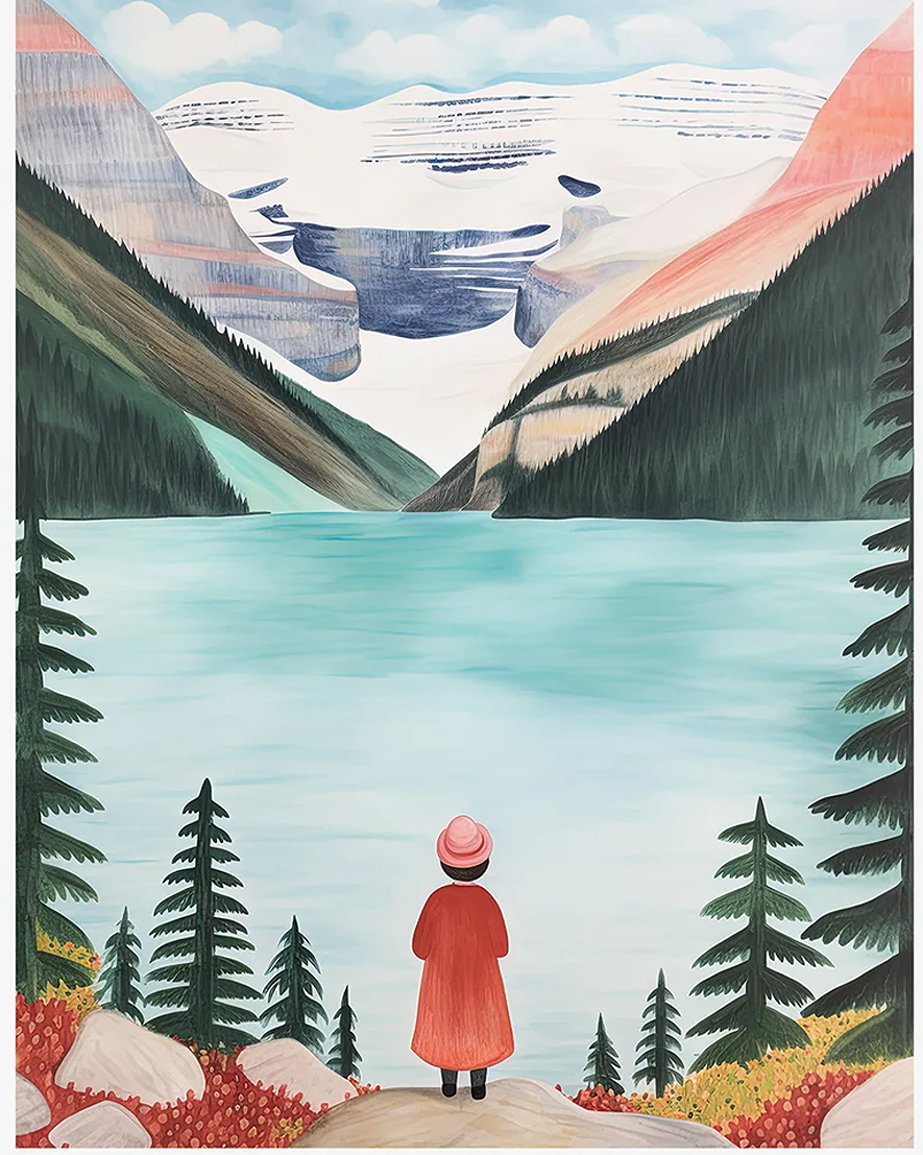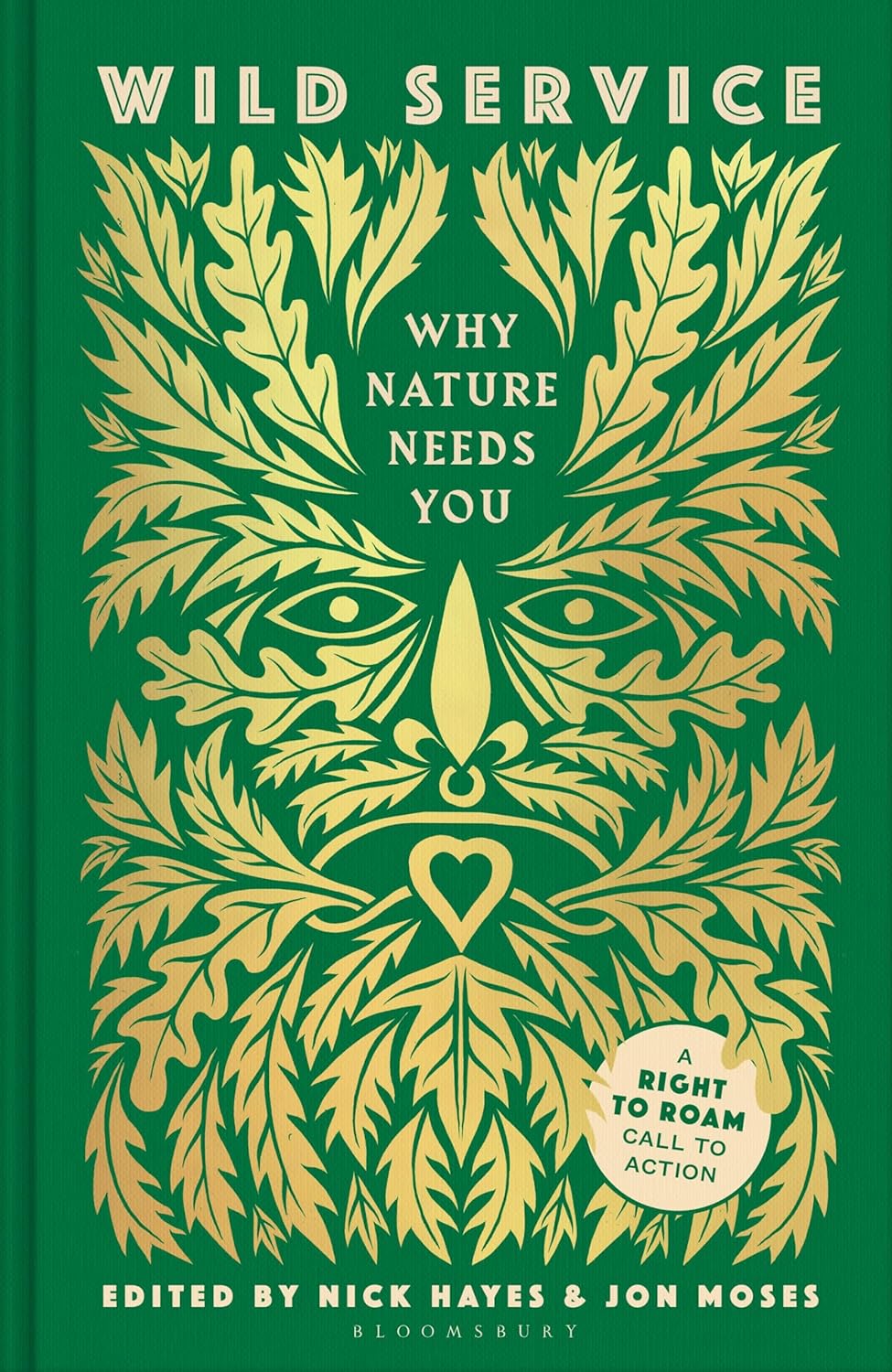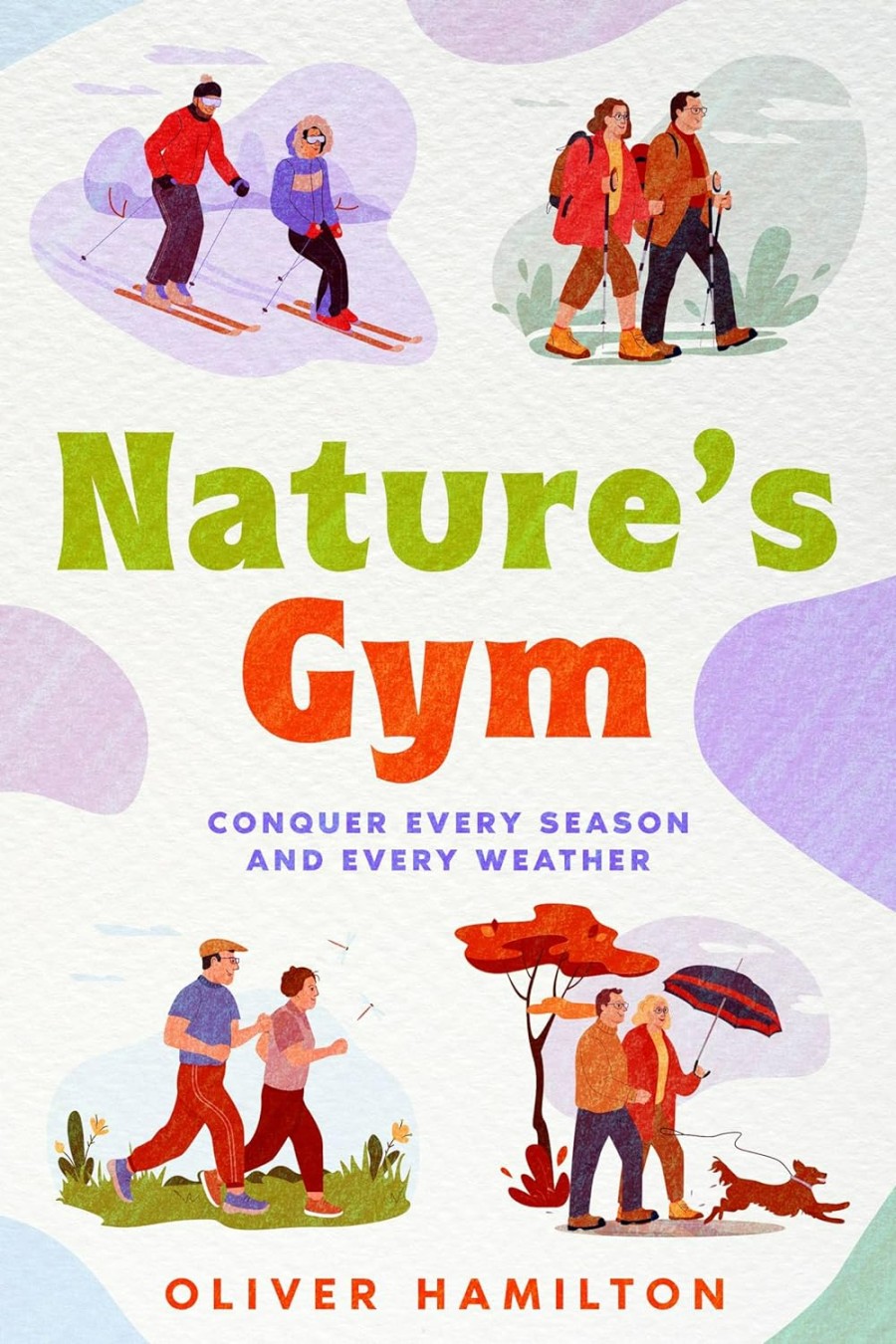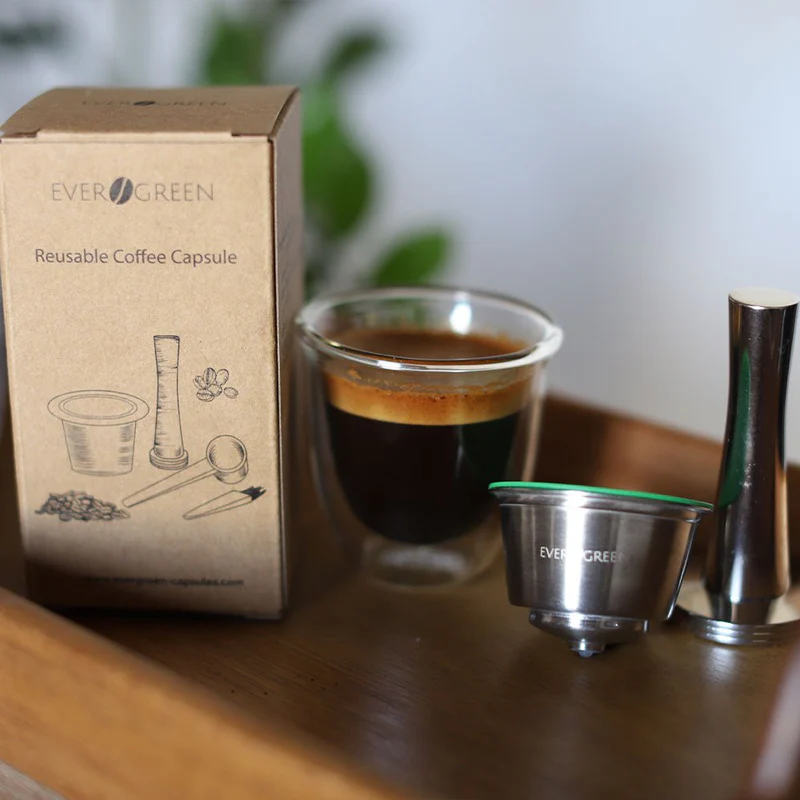
Canada is the world’s second biggest country (with the world’s longest coastline) yet only has 40 million people, so is far more sparsely-populated than most areas on earth. It’s very progressive in looking after its natural world, and you won’t find litter-strewn streams or rivers, although there are many other issues (the Prime Minister has still not made good on his promise to ban the baby seal cull, when it brings in very little income and an EU sales ban – partly due to Caroline Lucas when a Euro MP) means most seal parts end up as ‘medicine’ in China).
The city of Ottawa has many cycling paths, with a large amount of residents cycling as their main method of transport. Many roads are pedestrian-only so walking is popular too. Other areas operate ‘car-free Sundays’ when vehicles (aside from emergency ones) are not allowed on streets.
The country’s cities are very progressive in tree-planting programs, which help to reduce heat island effect (volunteers then look after the trees and report disease to the council). Learn more on why our cities need more trees.
If planting trees, learn how to make gardens safe for pets (know trees to avoid near horses (including yew and oak). For indoor trees, avoid facing indoor foliage to gardens, to help stop birds flying into windows.
Alberta’s Happiness Index economy
Alberta is one of the first areas on earth to replace GDP with a Happiness Index, created by local economist Mark Anielski. This way ‘prosperity’ is measured more on happiness, health, environmental issues over just ‘money’.
the main source of hydropower in Canada
The French-speaking province of Quebec is the second biggest producer of hydroelectricity (water-powered) on earth and uses far less oil and gas than other areas of North America.
a beautiful guide to a Canadian city

Hand Drawn Victoria is a guide to this beautiful Canadian city, to inspire what a city with a similar climate and architecture to London could look like without litter and traffic! British Columbia’s capital city has unmissable landmarks yet is also rich in forests, charming houses and curious people, steeped in local history. This coastal city has many natural wonders.
should we boycott Canadian seafood?
Obviously if you don’t eat seafood, yes. And if you do eat seafood, it’s likely to best to buy sustainably-fished local seafood. The reason that many people boycott Canadian seafood is to protest against the baby seal cull, when fluffy pups are clubbed to death on the ice each year. You may remember years ago that French actress Brigitte Bardot was at the heart of the campaign to stop it.
When elected, the president Justin Trudeau promised to ban it (the cull only brings in a tiny amount of income each year, which could be subsidised by government). When he did not keep his promise, Pamela Anderson (who is Canadian) wrote a letter to tell him off, and thankfully the EU market is now closed (in part due to work by former Green MP Caroline Lucas, when she was an MEP). Now most seal parts end up in the Far East, where they are used for aphrodisiac or ‘medical’ use.






